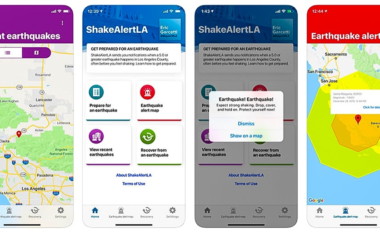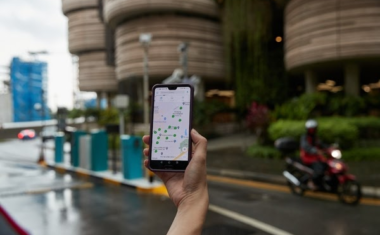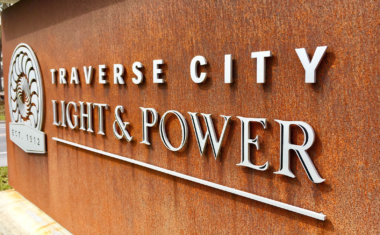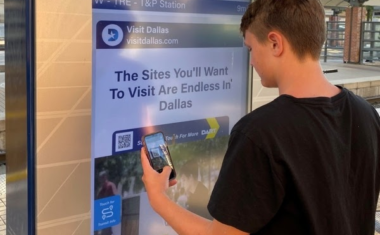Nave Satélite (Satellite Ships) Public Digital Training
- 2281
- 8 min to read
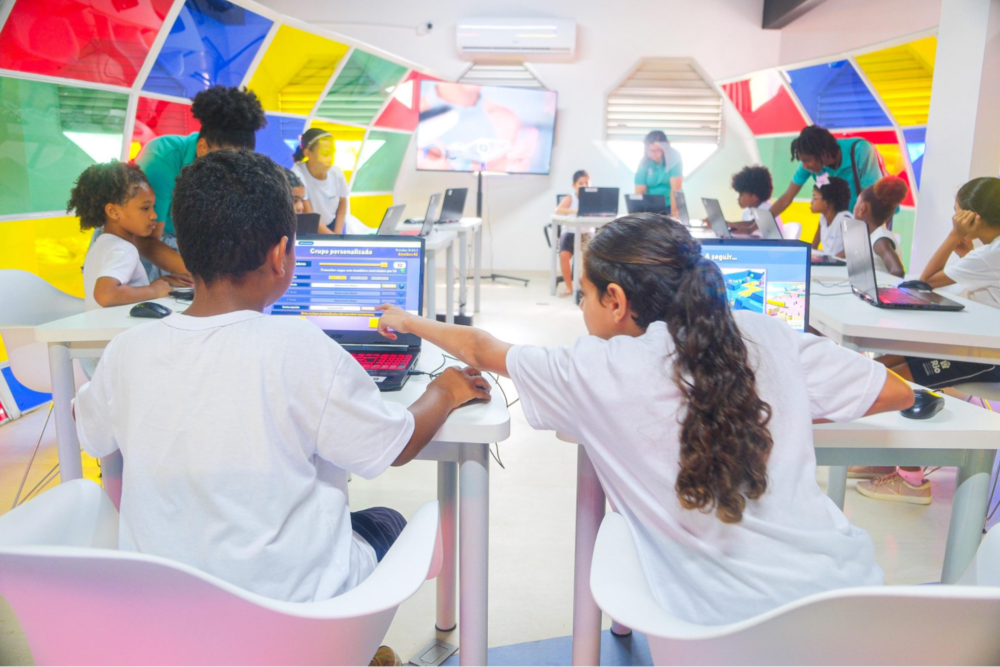
About the city. The city of Rio de Janeiro wants to bring access to technology to every citizen.
Goal
The aim of the project is to expand the reach of multipurpose and interactive spaces to accelerate and encourage the digital, scientific and technological training of the population of the city of Rio.
Implementation period. The project was launched in 2023.
Fact
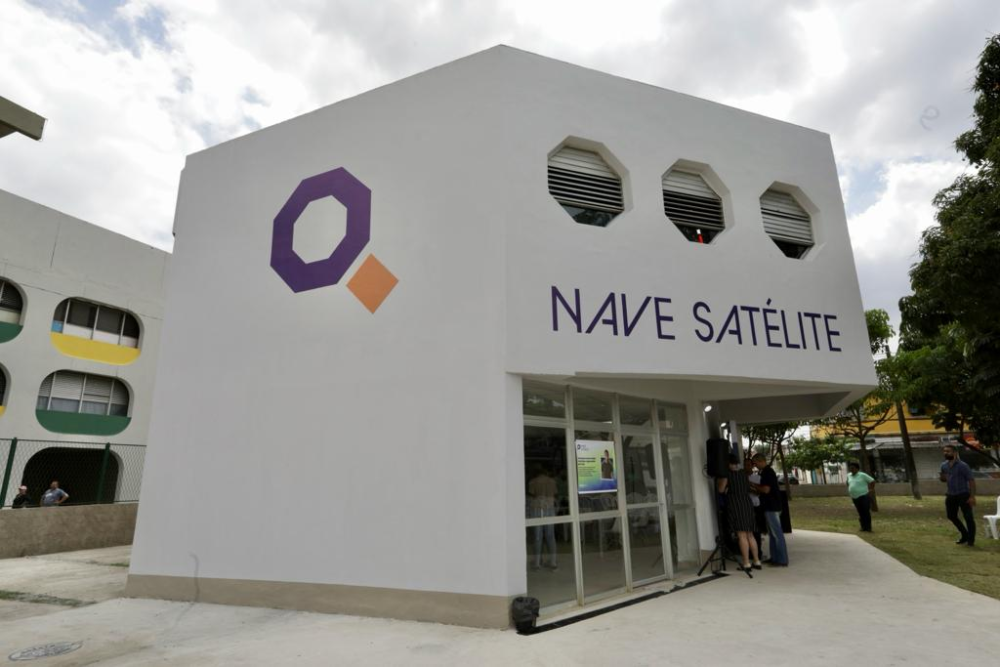
- The latest TIC Household Survey shows that about 17% of the Brazilian population still lacks access to digital media. This means that they face problems in working, studying and communicating. In addition, there is another part of the population that has access, but with poor quality because of inadequate equipment or poor signal. If these people were taken into account, the percentage of the Brazilian population without connection or with low-quality connection would probably be around 50%.
- To change this situation, it is necessary to implement a national digital inclusion policy that covers the next 15-20 years. Unless action is taken, inequality in digital access will only increase. According to a study by TIC Domicílios, some 46 million Brazilians were expected to be digitally excluded in 2020. Therefore, concrete actions and planning are needed to ensure equal opportunities and improve digital accessibility for everyone in the country.
Solutions
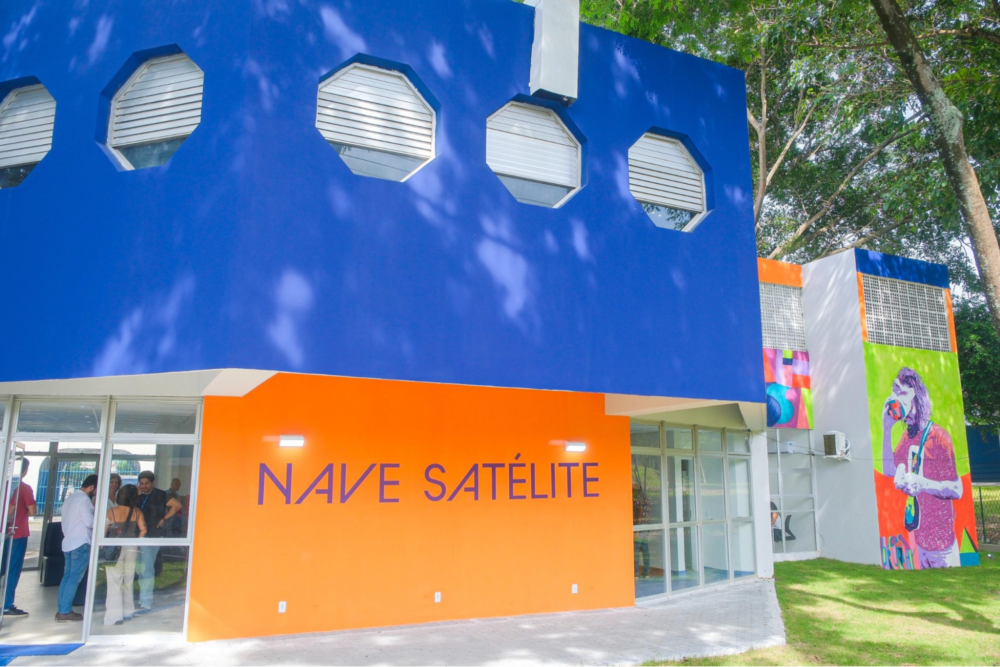
Nave Satélites – or Satellite Ships – convert former CIEP learning centres into accessible spaces for digital training. Local workers prepare for office employment with free courses like Basic Excel and IT certification options. Residents of all ages find computer stations for online tasks and tablets for Internet browsing. City officials expect each Nave Satélite will serve up to 450 people per month with three Zona Oeste locations planned by the end of 2023.
The Naves Satélites project involves the renovation of libraries originally built as annexes to the main Cieps buildings and, with the support of the Ministry of Education, creates environments with resources that enable diverse audiences to access and learn how to use digital media tools.
The first courses offered is Learning to Use WhatsApp, Basic Excel and IT for Your First Job. Two workshops are also offered to users of the unit: How to Avoid Falling for Internet Scams and WhatsApp for Your Business. Students will receive a certificate at the end of the events.
The Nave Satélite (Satellite Ship) is open to the public from Monday to Friday from 8 am to 5 pm and on Saturdays from 8 am to 2 pm. The site has a room with computers for free Internet access with guidance from a user support team.
Spaces of the Nave Satélite
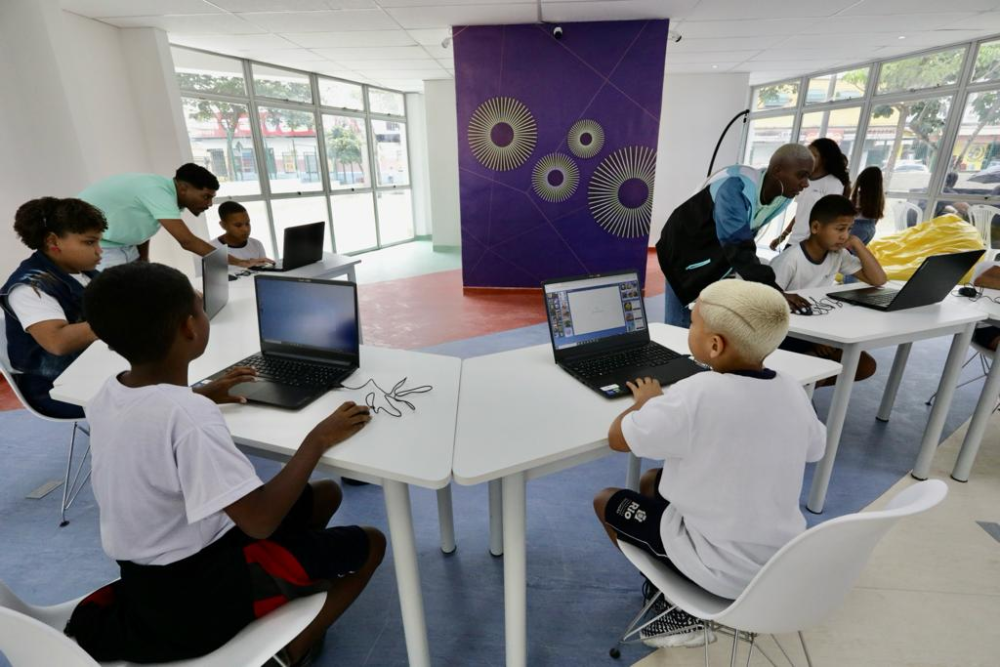
- The unit has two floors and a total area of 330 m².
- Reception – With a self-service totem for registering users at the unit.
- Learning area – Table with capacity for 11 students, with a workbench for equipment and a projection screen.
- Lounge – An area for using personal devices and reading, with a sofa and puffs.
- Digital Comfort – Individual spaces with hanging chairs and tablets for browsing the internet.
- Lantable – A table for using the equipment freely and converted into a classroom.
- Outdoor Area – Space with a table and benches. Cine Nave will also be held outside the unit, showing films related to science, technology and innovation.
- The Nave Satélite’s rooms are air-conditioned and accessible, including an elevator to the second floor.
Team
Rio de Janeiro City Hall, the Department of Science and Technology (SMCT)
Timeline
- The first unit was opened in November 2023, at Ciep Dr Nelson Hungria, in Paciência.
- The second Nave Satellite was opened in December 2023, at Ciep Deputado Ulysses Guimarães, in Sepetiba.
- The Santa Cruz unit is the third Nave Satellite to be implemented in 2024.
If you notice an error or inaccuracy in our editorials, please email [email protected] so we can look into it.


